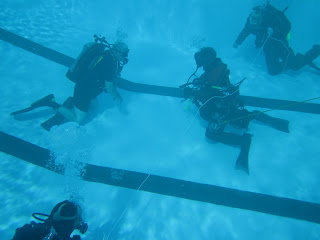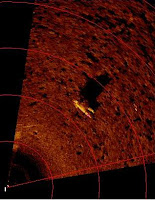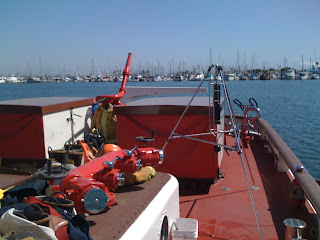Twelve members of the LAFD participated in NFPA Public Safety Dive Training. The training was held November 22-23 and was hosted by the LAFD dive program. The training certified the members to meet NFPA standards in Dry Suit, Full-Face Mask and Contaminated Water Operations. "This training is the first in a series of NFPA Public Safety Dive Training that eventually all LAFD dive team members will be receiving" says Dive Team Administrator, Battalion Chief Ray Gomez. "Aligning our dive team to meet NFPA standards is one of our highest priorities for 2011", Gomez continues.
The training was a two day comprehensive course that was presented by Emergency Response Dive International (ERDI) and was instructed by Captain Chuck Herman, Tempe AZ, Fire Department and Jeff Smith, ERDI. The class consisted of 4 hours classroom, 8 hours confined water (pool), 4 hours open water and a 4 hour homework assignment. "It was demanding physically, mentally and academically" said Todd Hix, Supervising Mate, Fire Station 111-C.
Additional classes to be held in the near future include PSD I, PSD II as well as a number of other Spec Op's. "Participating in these classes and obtaining the certifications that accompany them will bring our dive program to a whole new level of operation. This NFPA training will qualify the dive team to compete for possible federal grants that can further advance the program to achieving a FEMA Type 1 resource rating" claims Chief Gomez.
 |
| Blacked Out Skills Testing- Bill Evans 38-C, Instructor Jeff Smith ERDI evaluating his operation |
 |
| Super Mate Todd Hix Entanglement Skills Test |
 |
| Basic Op's- Mate Dave Bender leads another diver in a basic op's drill |

















